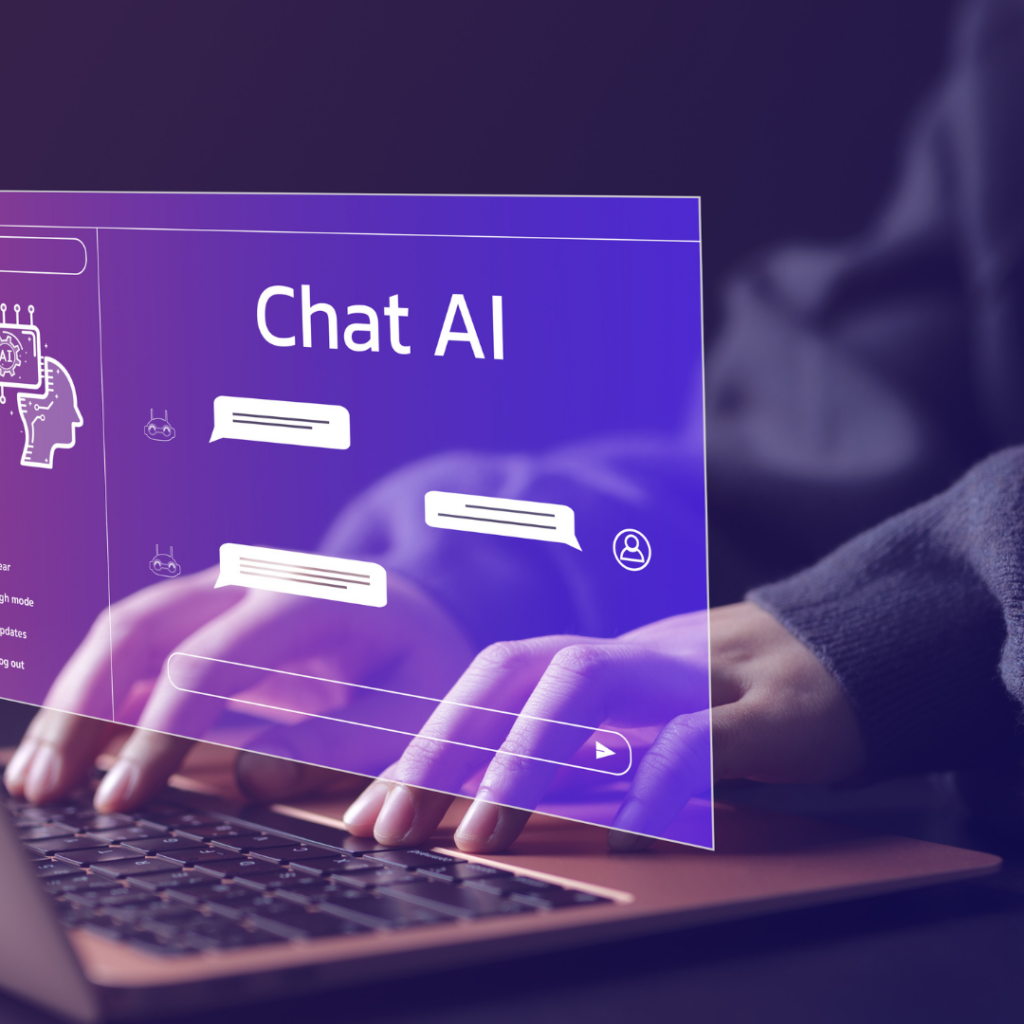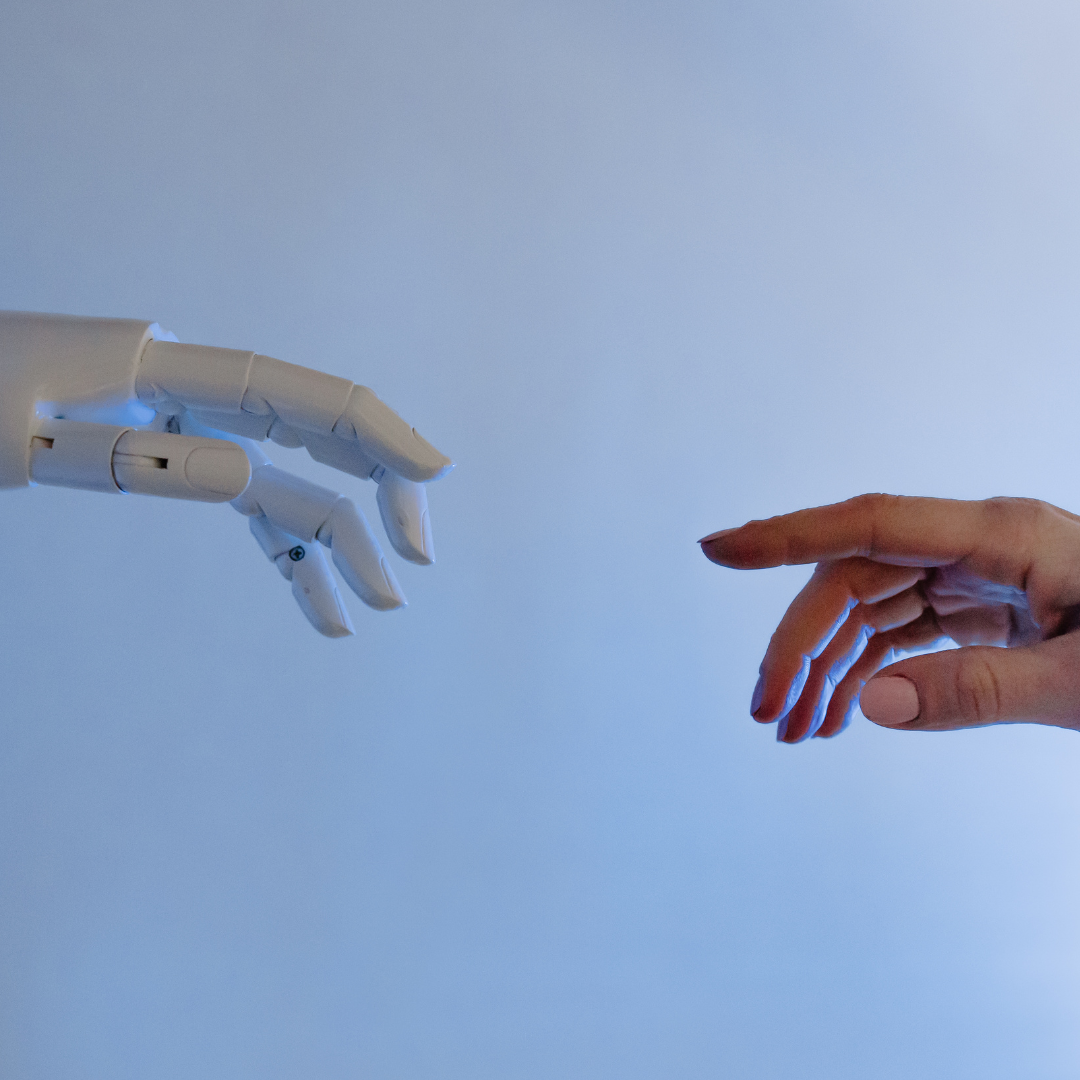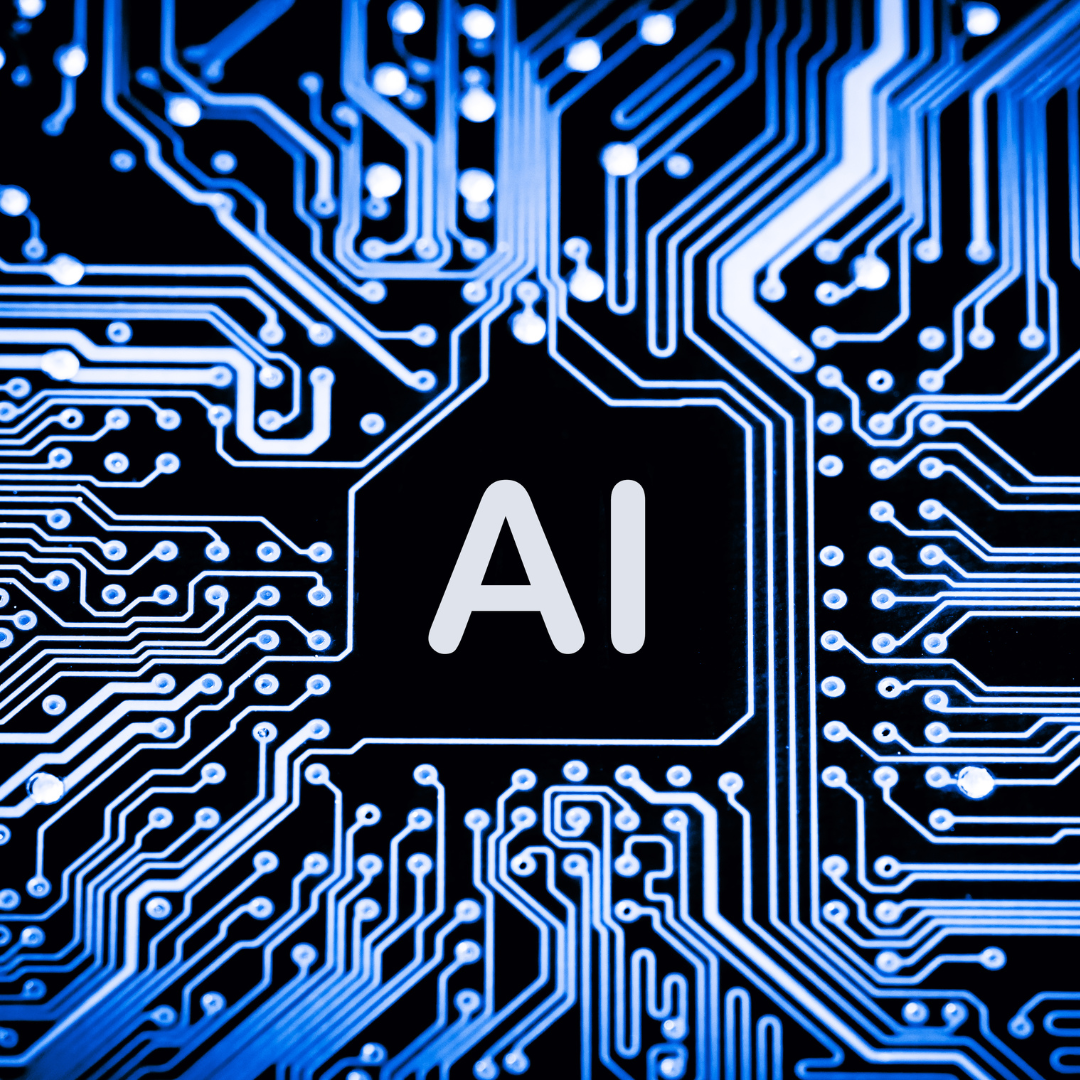What is AI?
Artificial Intelligence (AI) might sound like something from a sci-fi movie, but it’s a highly accessible, valuable, and easy to use technology that has already become an integral part of daily work-life for many.
In simple terms, AI refers to machines or software that can carry out tasks that typically require human intelligence. These tasks include learning from experience, like how Netflix’s AI knows that I prefer Emily in Paris over Formula 1. They also involve language comprehension, like how Siri can recognize my voice and respond accordingly (most of the time, anyway)!
AI encompasses many things, from chatbots to advanced algorithms, but at its core, AI is all about making computers think and act in ways that mimics, and sometimes surpasses, human intelligence.
How is AI Used Today?
From food and beverage to retail and entertainment, AI is already integrated into many industries, assisting businesses and individuals with tasks like automating customer service, personalizing marketing, optimizing inventory management, and more.

AI for PR
AI is revolutionizing the field of public relations by assisting with a variety of tasks, from media monitoring to content creation. Here are some ways AI can enhance your PR strategies and boost efficiency:
Content Creation
AI tools can help you generate searchable content, including social media posts, news releases, and blogs. While human creativity will always reign supreme, AI can assist in generating drafts and providing ideas.
One of the most popular and accessible forms of AI is ChatGPT. This conversational AI tool can be of enormous help with everything from answering questions and generating content to brainstorming ideas, creating new and innovative products, and providing writing assistance — we even used it to help write this blog post!
A quick word of caution: always avoid directly copying and pasting AI-generated content. Many media outlets and companies now run content through AI detection software, making it easier to spot. AI-generated text often repeats phrases and lacks the unique tone or personality needed to stand out. Remember, AI should support your work, not take over entirely.
Media Monitoring
Traditional media tracking often requires hours of manual effort to sift through news, social platforms, and other channels. AI-powered tools, like Meltwater and Cision, can scan vast amounts of content in real time, flagging relevant mentions, trends, and sentiment with precision. This allows PR professionals to react more swiftly to emerging stories and measure the impact of our campaigns.
Crisis Management
In PR, timing is everything. AI can be used to monitor social media and news outlets in real-time, assisting PR professionals before, during, and after a crisis.
Tools such as Brandwatch and Sprout Social provide sentiment analysis, enabling PR teams to better understand the tone of discussions surrounding a brand. By identifying shifts in sentiment, PR teams can address concerns before they escalate into a crisis.
While AI may not have the emotional intelligence to create a fully nuanced response when a crisis does arise, it can still play a key role in refining messaging. AI tools can assist by proofreading, optimizing tone, and ensuring consistency.
Post-crisis, you can leverage AI to monitor post-crisis media coverage and analyze ongoing conversations to assess the effectiveness of your crisis management efforts. AI can highlight key takeaways, such as which messages resonated, what actions helped rebuild trust, and how audience sentiment shifted over time.
Internal Communication
AI can generate internal communications like memos and create resources to help team members stay up-to-date on best practices and new policies.
These are just a few ways to leverage AI, but the possibilities are endless! With AI being so accessible, a simple Google search can connect you with technology that allows you to create images, compose original songs, design websites, or build slide decks from scratch—all in a straightforward and user-friendly manner.


PR Challenges and Concerns
While AI has many benefits, it also comes with its own set of challenges and concerns:
Privacy: AI systems often require vast amounts of data to function effectively, which can raise concerns about how personal information is collected, stored, and used.
It’s essential for PR professionals to adhere to ethical guidelines and regulations regarding data privacy. The Public Relations Society of America (PRSA) outlines key ethical principles in its Code of Ethics, emphasizing the importance of honesty and transparency when handling data.
In Canada, the Personal Information Protection and Electronic Documents Act (PIPEDA) regulates how businesses collect, use, and disclose personal information during commercial activities. Additionally, the Chartered Institute of Public Relations (CIPR), in collaboration with the Canadian Public Relations Society (CPRS), created the AI in PR Ethics Guide, which aims to improve ethical decision-making regarding algorithms and other automated tools.
Transparency: There is debate on the best way to disclose AI use in business. Best practice is clearly informing stakeholders when AI is used, explaining its role, and providing insight into how it impacts decision-making. The resources above can provide additional guidance on the best way to disclose the use of AI in business practices.
Bias: AI can inadvertently reflect or even amplify human biases if it’s trained on biased data. This can lead to unfair or discriminatory outcomes.
Job Displacement: As AI becomes more capable, there are concerns that it could replace human workers in certain jobs, leading to unemployment or shifts in the job market. In the field of PR, human intuition, creativity, and emotional intelligence are irreplaceable, especially when it comes to relationship-building. Rather than replacing humans, AI is likely to serve as a powerful tool that complements the work we do as PR professionals.
Embracing AI for the Future
AI is more than just a buzzword; it’s a powerful tool that, when used strategically, can enhance many aspects of your work and daily life. While it comes with its own set of challenges, the potential benefits make it worth exploring.
As AI continues to evolve, it’s important for professionals to explore how to integrate these technologies into their practices both responsibly and effectively.
Whether you’re just starting to dip your toes into AI or are already using it in your work, the key is to view AI as a tool that complements human creativity and judgment, rather than replacing it!


